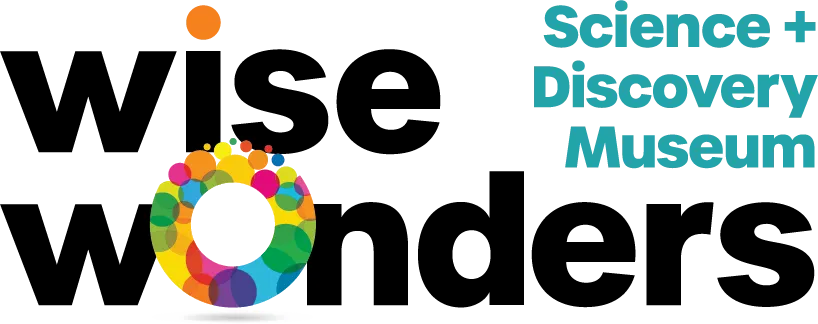All About STEM




SCIENCE is a way of thinking. This special way of thinking can involve experimenting, predicting, observing, discovering, and asking questions. Try asking the kids in your life lots of questions! This will encourage them to challenge their understanding and be curious as well.
TECHNOLOGY is a way of inventing, identifying problems, using tools, and making things work. Do your kids like to tinker? Encourage their curiosity! Not only does this allow kids to pursue their interests, they can also be entertained for hours.
ENGINEERING is a way of solving problems using a variety of materials, designing, building, and creating things that work. While your child is tinkering, do they ever ask lots of questions? "How does this work?" "Why does it do this but not that?" You have a little engineer!
MATH is a way of measuring with sequencing, patterns, shapes, volumes, and sizes. Everything from sorting objects by color to outright counting is math! Try to find math with your child everywhere you go. Encourage them to count things out loud, find patterns, and compare sizes.
Resources
STEM is an acronym for Science, Technology, Engineering and Mathematics, and it's all around us! Science is our natural world and beyond; technology fits in our pocket and occupies our homes from the vacuum to the lights; engineering built our houses, workplaces, schools, bridges, etc.; and understanding mathematics made science, technology and engineering possible, not to mention how we cash our paychecks.
STEM is important because jobs in these fields are expanding on a national scale. According to a report from U.S. Bureau of Labor Statistics in 2017:
"Employment in STEM occupations grew by 10.5 percent, or 817,260 jobs, between May 2009 and May 2015, compared with 5.2 percent net growth in non-STEM occupations. Computer occupations and engineers were among the types of STEM occupations with the highest job gains. Employment in computer occupations was nearly 3.2 million in May 2009 and nearly 3.9 million in May 2015. Employment of engineers was nearly 1.5 million in May 2009, compared with over 1.6 million in May 2015. Some STEM occupations lost jobs. In 2009, there were nearly 478,000 jobs in STEM-related sales occupations, compared with approximately 406,000 in 2015."
And growth of these job fields is projected to continue growing:
"The STEM group that is projected to grow fastest from 2014 to 2024 is the mathematical science occupations group at 28.2 percent, compared with the average projected growth for all occupations of 6.5 percent. [...] Employment in computer occupations is projected to increase by 12.5 percent from 2014 to 2024, and due to its large employment size, this growth is expected to result in nearly half a million new jobs, far more than any other STEM group. The group projected to add the second largest number of new jobs from 2014 to 2024 is engineering occupations, with 65,000 new jobs." (Fayer, Stella, Alan Lacey, Audrey Watson. "STEM Occupations: Past, Present, And Future." Spotlight on Statistics, US Bureau of Labor Statistics. January 2017.)
Just in Montana the following jobs are booming: Computer and Mathematical Science, Architects and Technicians, Engineers, and Technicians, Life and Physical Scientists, and Social Scientists.
For our little scientists, tech workers, engineers and mathematicians to be competitive, we need to expose them to STEM concepts now. With the help of children's museums like Wise Wonders, kids will grasp that education is fun! Learning can be messy, silly and easy when put in an approachable context.
Wise Wonders uses STEM to make fun, interactive exhibits, programs, and special events that also develop critical thinking, communication skills, creativity, and real-world problem solving through collaboration. Why is this important? Because these skills are the building blocks of lifelong learners; exposing children to STEM at an early age supports their overall academic growth and lays a foundation of possibilities.
The links below are various articles and studies about the importance of early STEM education and the growth of STEM fields over the next few years.
Fayer, Stella, Alan Lacey, and Audrey Watson. "STEM Occupations: Past, Present, And Future." U.S. Bureau of Labor and Statistics. January 2017. Accessed December 19, 2017.
Gonzalez, Heather B. and Jeffrey J. Kuenzi. "Science, Technology, Engineering, and Mathematics (STEM) Education: A Primer." Congressional Research Service. www.crs.gov. August 1, 2012. Accessed December 19, 2017.
Kuenzi, Jeffrey J. "Science, Technology, Engineering, and Mathematics (STEM) Education: Background, Federal Policy, and Legislative Action." Congressional Research Service. www.crs.gov. 2008. Accessed December 19, 2017.
Vilorio, Dennis. "STEM 101: Intro to tomorrow's jobs." Occupational Outlook Quarterly. www.bls.gov. Spring 2014. Accessed December 19, 2017.
